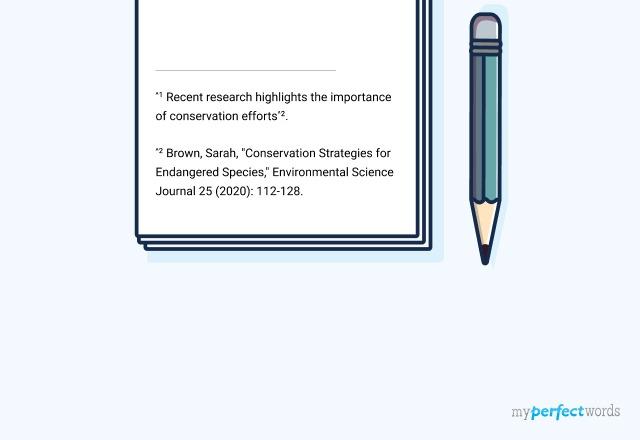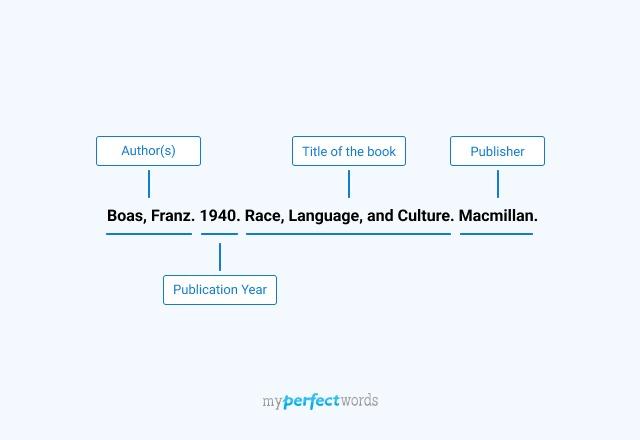
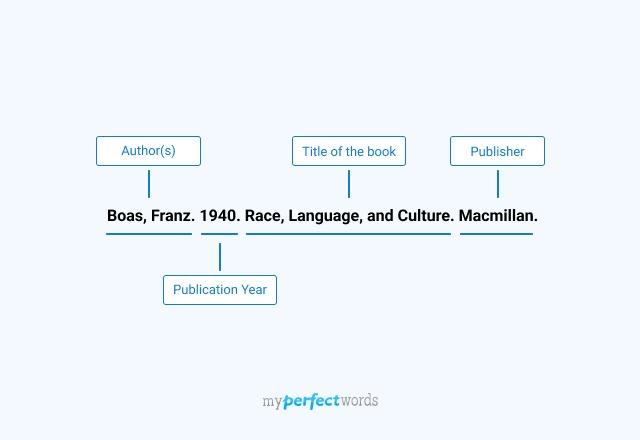
Many researchers and students find AAA citations, also known as the American Anthropological Association citations, to be really confusing.
Figuring out how to do AAA citation out of other citation styles properly can be super frustrating, especially if you're working on anthropological research.
It often leaves folks feeling uncertain and stressed about citing their sources.
But don't worry!
In this blog, we're going to make AAA citation way simpler.
We'll give you a clear and easy guide to help you understand it better. By the end of it, you'll find AAA citations a lot less scary and a lot more manageable in your academic work.
So, let’s dig in!
On This Page![]()
- 1. What Is AAA Citation Style?
- 2. How to Create AAA In-Text Citation?
- 3. AAA Referencing Format for Different Sources
- 4. How to Arrange the AAA Style Bibliography?
What Is AAA Citation Style?
The AAA style is the abbreviated form of the American Anthropological Association. It is similar to the Chicago Manual of Style (CMS) and is also a variation of the Chicago style referencing sometimes known as Chicago AAA citation. The AAA style is usually used in anthropology as it provides guidance to the writers, researchers, and scholars of anthropology.
The format structure includes separate referencing guidelines for books, journals, articles, and other sources.
Here are some of the key AAA citation guidelines:
- The book titles are not underlined
- The date of publication is added after the name of the author
- The last name of the author is added, followed by the first name
- Multiple references from the same author are arranged with adding the first published work
- The title of the page, book, or journal is not italicized
- The list of references is titled ‘References Cited’
- The References Cited page is double spaced when added to the work of a student. But is single-spaced when added in an anthropological publication
Some of the elements are similar to other referencing styles while some are quite different and distinct.
How to Create AAA In-Text Citation?
In-text citations are different from the references and the reference list that are added at the end of the paper. They are added within the paper content. It will make it easier for the readers to know about the primary source of the direct and paraphrased content.
Different citation formats use different in-text citation style formats. In the case of AAA format in text citation, the last name of the author is followed by the year of publication.
To put the AAA citation in-text, add the last name and the year of publication in the parenthesis after mentioning the source. If not adding details (like the author’s name and publication date), include them in parentheses.
For Single Author: If you're citing a source written by a single author, you would include the author's last name and the publication year in parentheses.
For example: (Smith 2010).
For Two Authors: If the source has two authors, cite both of their last names and the publication year.
For instance: (Smith and Johnson 2015).
For Three or More Authors: For sources with three or more authors, you only list the first author's last name followed by "et al." and the publication year.
For example: (Brown et al. 2018).
For Multiple Sources: If you're citing multiple sources in the same sentence, list them in alphabetical order by the first author's last name and separate them with semicolons.
For instance: (Smith 2010; Johnson 2012; Brown et al. 2018).
For Multiple Works by the Same Author: If you're citing more than one work by the same author, distinguish them by adding a lowercase letter (a, b, c, and so on) after the publication year.
For example: (Smith 2010a) and (Smith 2010b).
AAA Citation - No Author: If a source doesn't have a specific author, use the title of the work or the first few words of the title in quotation marks.
For instance: ("Anthropology Today" 2016).
For Direct Quotation: When quoting directly from a source, include the author's last name, publication year, and the page number of the quote.
For example: (Smith 2010, 45).
For Corporate Author: If the source is published by an organization or corporation, use their name as the author.
For example: (World Health Organization 2017).
Some other things to consider when making the in-text citation are as follows:
- Add the quotation marks at the beginning and end of the direct quote or the author’s words
- Add the in-text citation after adding the quote
- Use and add the original writer’s full name to the content. You can also add the last name in the parenthesis where possible or relevant
- When adding the last name of the author, year of publication, and page number, use a colon. It will separate the name and year of the publication
- If you are adding the reprinted material then add the date of the publication that you have read or quoted
- If a quote is more than four lines longer then add it like a blockquote. The bibliographic information or its in-text citation will be added in brackets rather than a parenthesis
AAA Referencing Format for Different Sources
The list of references is added at the end of the paper. The list is titled the ‘References Cited’ and contains all the works that have been added to the AAA style paper. The title is different from what we add in the APA and MLA references. This format of the references is also different from them.
The AAA Style Title Page:
The title page is the very first section of the paper. It contains information like the student’s name, the instructor’s name, the paper’s title, course number, and the deadline. When making the title page for your AAA paper, add all of these details to the cover page.
[Your University's Name] [Course Name and Number] [Instructor's Name] [Your Name] [Assignment Due Date] [Title of Your Paper] [Subheading - if applicable] |
For the references for different sources, we have added some examples to help you understand how to make the references.
For Books with Single Author:
Godelier, Maurice 2011 The Metamorphoses of Kinship. London: Verso. |
For Books with Two Authors:
Barnard, Alan, and Anthony Good 1984 Research Practices in the Study of Kinship. London: Academic Press. |
For Books with Multiple Authors:
Bonacich, Edna, with Mark Smith and Kathy Hunt 1999 The Economic Basis of Ethnic Solidarity: Small Business in the Japanese American Community. Berkeley: University of California Press. |
For Books with Editors as Authors:
Lewin, Ellen, ed. 2006 Feminist Anthropology: A Reader. Malden: Blackwell. |
For the Chapters of the Books:
Rohlen, Thomas P. 1993 “Education: Policies and Prospects.” In Koreans in Japan: Ethnic Conflicts and Accommodation. Cameron Lee and George De Vos, eds. Pp. 182–222. Berkeley: University of California Press. |
For the Revised Editions:
Bernard, H. Russell 2011 Research Methods in Anthropology: Qualitative and Quantitative Approaches. 5th edition. Lanham: AltaMira. |
For Electronic Books from the Library Database:
MacClancy, Jeremy. 2013 Anthropology in The Public Arena: Historical and Contemporary Contexts. Hoboken: John Wiley and Sons. Ebrary ebook collection. http://site.ebrary.com/lib/stmarysca/docDetail.action?docID=10650992 accessed October 11, 2013. |
For Web Electronic Books:
Keane, A.H. 1920 Man: Past and Present. Cambridge: Cambridge University Press. Project Gutenberg. http://www.gutenberg.org/ebooks/35685 accessed October 11, 2013. |
For the Journal Articles:
Houseman, Michael. 1988 “Toward a Complex Model of Parenthood: Two African Tales.” American Ethnologist 15(4):658-677. |
For the Journal Articles available on an Electronic Database:
O’Neill, Kevin Lewis 2013 “Left Behind: Security, Salvation, and the Subject of Prevention.” Cultural Anthropology 28(2):204-22. DOI: 10.1111/cuan.12001 accessed October 11, 2013 |
When no DOI is present:
Hakansson, N. Thomas 1994 “The Detachability of Women: Gender and Kinship in Processes of Socioeconomic Change among the Gussii of Kenya.” American Ethnologist 21(3):516-38. http://www.jstor.org/stable/645919 accessed October 11, 2013 |
For Print Magazines and Newspaper Articles:
Hunt, Will 2012 Secrets of the White Shaman. Discover May:50-56. |
For Online Magazines or Newspaper Articles:
Roberts, Sam 2012 Using Modern Tools to Reconstruct Ancient Life. New York Times. January 10:D2L http://go.galegroup.com/ps/i.do?id=GALE%7CA276685697&v=2.1&u=mora54187&it=r&p=AONE&s w=w accessed August 2, 2013. |
In Case of No Author:
New York Times 2011 Japan: Dig Begins at Wartime Army Site Suspected in Prisoner Experiments. February 22:A6.http://go.galegroup.com/ps/i.do?id=GALE%7CA249650007&v=2.1&u=mora54187&it=r&p=A ONE&sw=w accessed August 2, 2013. |
For Online Masters Thesis and Ph.D. Dissertation:
Couture, Nicole Claire 2002 The Construction of Power: Monumental Space and Elite Residence at Tiwanaku. Ph.D. Dissertation, Department of Anthropology, University of Chicago. accessed August 2, 2013. http://search.proquest.com/pqdtft/docview/305518242/fulltextPDF/13FA6873D2C6533157E/4?accounti d=25334. accessed October 11, 2013. |
For Conference Papers:
Shimahara, Nobuo K. 1998 “Mobility and Education of Buraku: The Case of a Japanese Minority.” Paper presented at the Annual Meeting of the American Anthropological Association, Chicago, November 18. |
For Films and Documentaries:
Banda, Dan, prod. 2005 After the immigrant: A Documentary Series about Ethnicity and its Many Meanings. Bandana Productions. DVD. |
For Websites and Web Documents:
Society for Historical Archaeology 2011 “What is Historical Archaeology?” http://www.sha.org/ accessed October 11, 2013. |
To know more about how to cite and make references to other sections, check the AAA citation example given below.
How to Arrange the AAA Style Bibliography?
In AAA style, the "References Cited" page follows an alphabetical arrangement and encompasses all cited works.
- Each entry should provide:
- Author's complete name
- Publication year
- Specific details for books, including the publisher and page numbers.
- When citing multiple works by the same author, organize them chronologically from the earliest to the most recent, incorporating (a) and (b) if the publication years coincide.
This systematic approach ensures a clear and organized presentation of your cited sources.
In short, this blog has explained AAA citations in a way that's easy for students to understand. By using what you've learned here, you can feel more sure about citing your sources accurately.
But if you need some additional help, our essay writing service online provides expert assistance that specializes in providing affordable writing services.
Our expert writers are available around the clock to cater to your write my research paper requests.
Place your order now, and get your help me do my essay request fulfilled before the deadline!
Frequently Asked Questions
Should I Use AAA Citation Machine?
If you are new to AAA style citation and want to learn about it then yes you can use it. However, using it only will not be a good idea. Instead, ask your professor to help you with it or consult a professional essay writing service.

Write Essay Within 60 Seconds!
Use our AI tool to generate high quality essay-18976.png&w=256&q=75&dpl=dpl_932zZQyZ6qqr6Wj2ueuwZpxRi8Mc)
WRITTEN BY
Alexander P.
Harvard Law graduate. I write law essays with the precision and rigor expected at top law schools.
Keep reading
Different Citation Styles: Detailed Guide With Tips
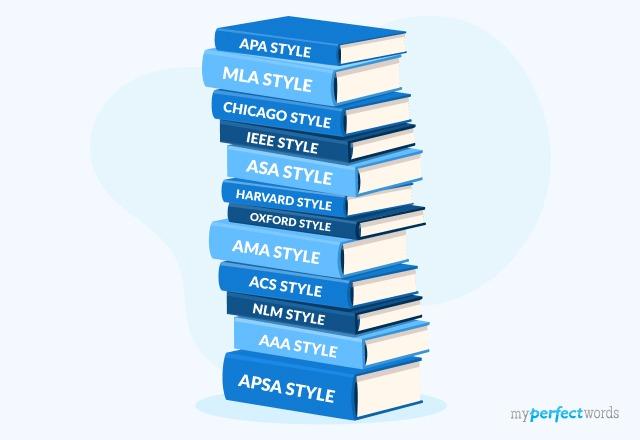
MLA Formatting Simplified - Rules for Page Formatting, Citations, & References
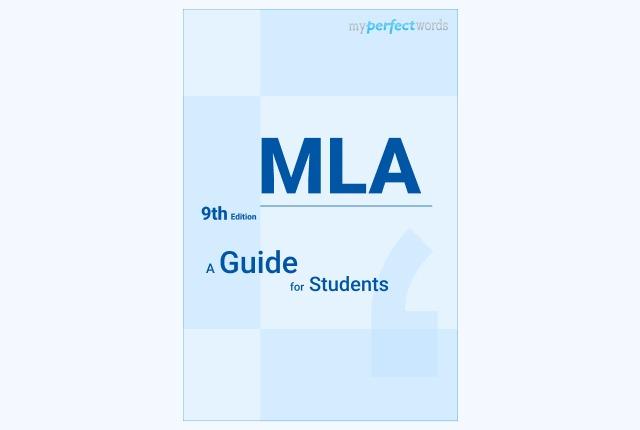
Understanding the APA Format: A Complete Guide with Examples
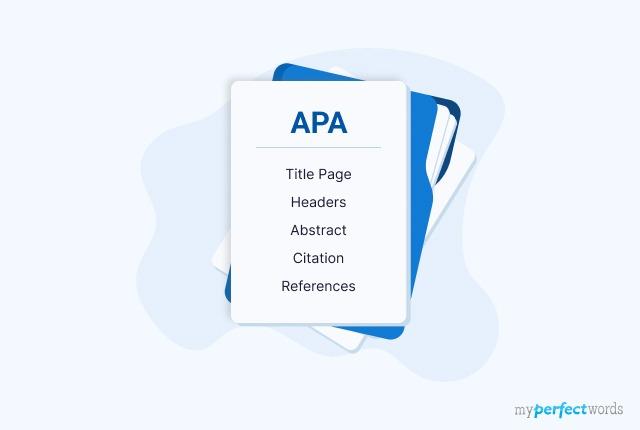
APA vs MLA | The Key Differences and Similarities
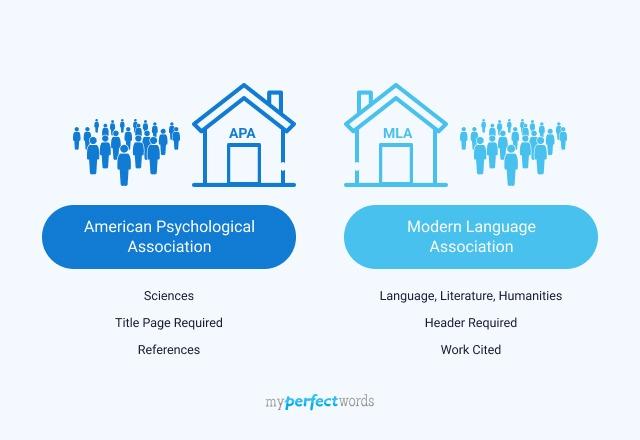
How to Cite in Chicago Style - Examples and Tips
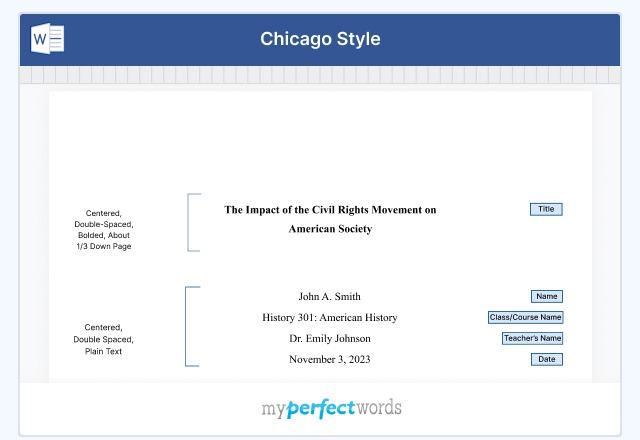
Learn IEEE Citation and Formatting With This Simple Guide

Mastering ASA Format: Guide to Proper Academic Writing
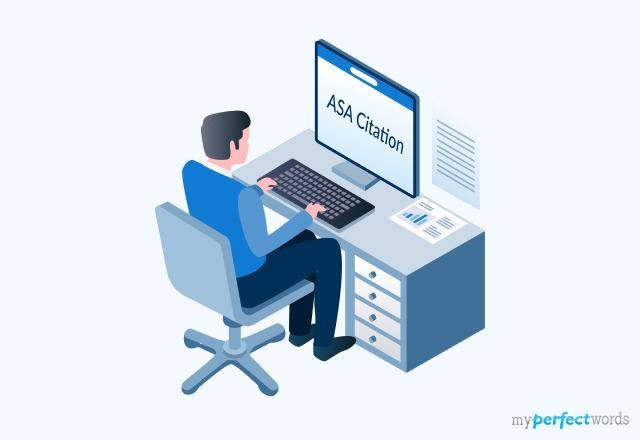
How to do Harvard Style Citation - Format, Citation and Samples
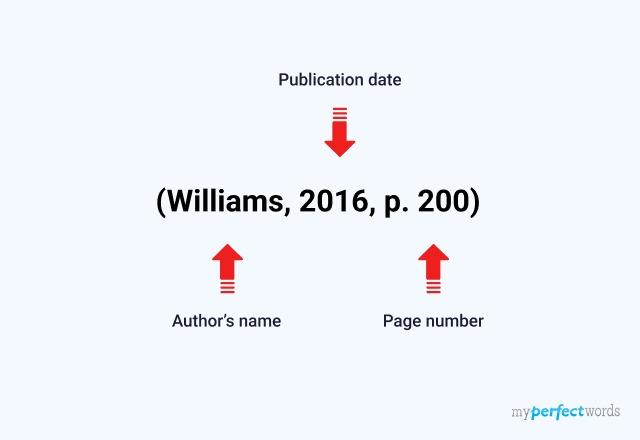
How to Cite in AMA Style - Formatting & Examples

A Detailed ACS Citation Manual for Scientific Papers
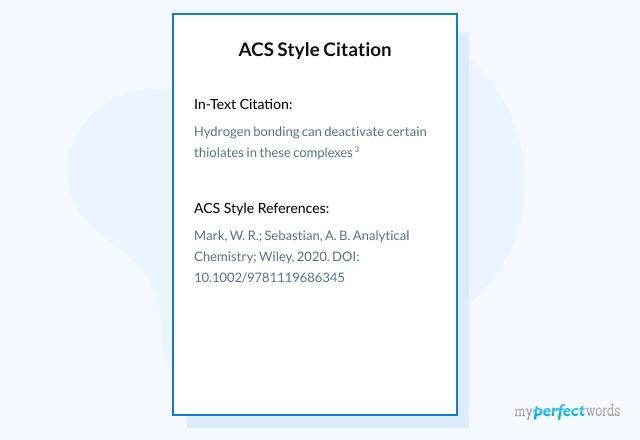
How to Master NLM Citation: A Detailed Guide With Tips

Simple APSA Citation and Formatting Guide for Students

How to Cite in Oxford Referencing Style - Complete Guide
